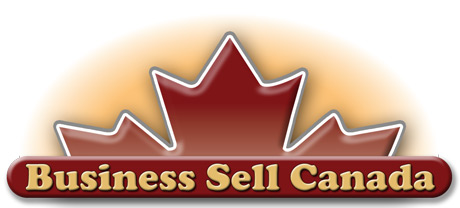| Home | Buy a Business | Sell a Business | Resources | Contact Us | ||||||||||||||
|
|
||||||||||||||||||
|
|
||||||||||||||||||

Established Canadian businesses - For Sale by Owner - in Canada

|
Recasting Financials
A key to building value |
|
|
![[ Go Back ] [ Go Back ]](/images/redback.gif)
| Home | Buy a Business | Sell your Business | Resources | RSS | Site Map | |